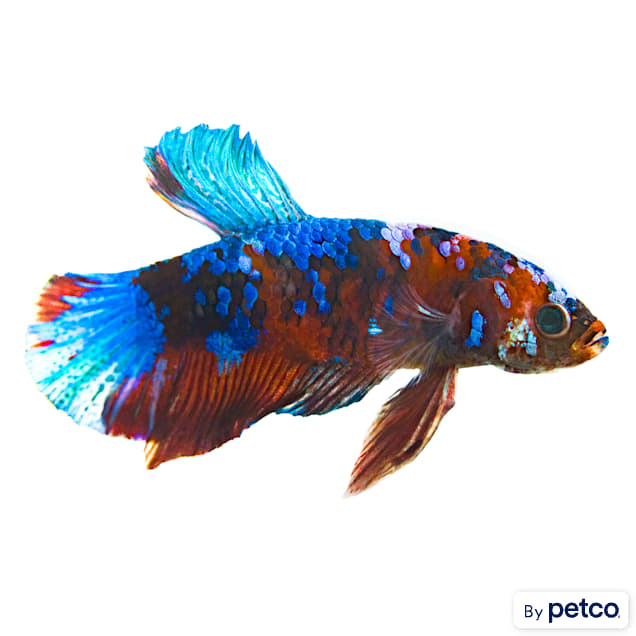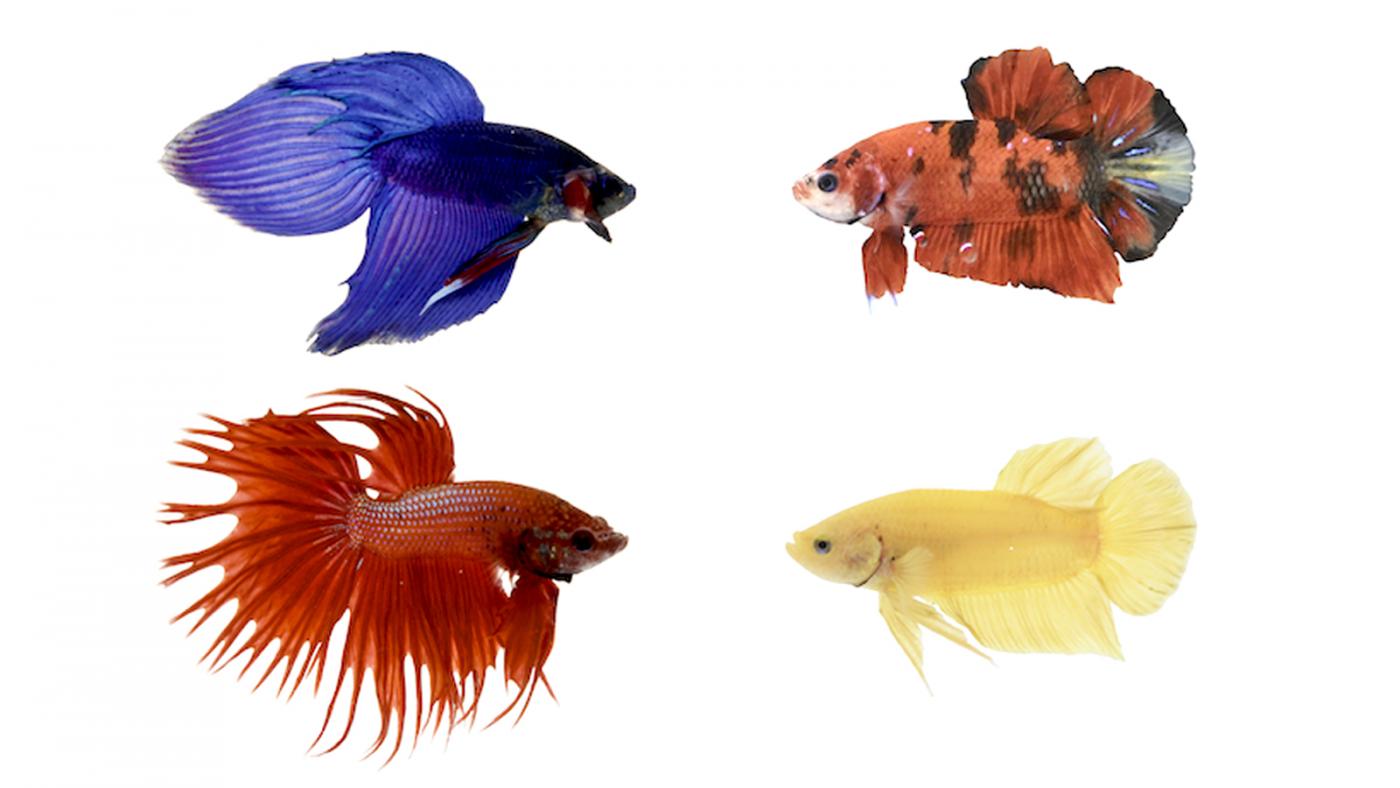Comprehending Betta Fish Habits: What Every Proprietor Must Know
Comprehending Betta Fish Habits: What Every Proprietor Must Know
Blog Article
Everything About Betta Fish: Recognizing Their One-of-a-kind Needs, Habits, and the most effective Practices for Ideal Treatment
Comprehending the special requirements and behaviors of Betta fish is crucial for any type of aquarist looking to give ideal care. betta fish. As we check out these aspects further, the effects for both beginner and knowledgeable fish caretakers become progressively evident, increasing concerns about just how best to accommodate these remarkable fish in our homes.
Betta Fish Review
Although often appreciated for their lively shades and flowing fins, Betta fish, clinically referred to as Betta splendens, are complex animals that require certain like flourish. Stemming from Southeast Asia, these freshwater fish are known for their territorial nature and one-of-a-kind habits. Betta fish exhibit sex-related dimorphism, with males showing extra dazzling colors and longer fins than females.
Their aggressive propensities, specifically amongst males, require careful factor to consider when housing them. Bettas are typically maintained in single-specimen containers to protect against territorial conflicts. They can coexist in harmony with particular suitable species in larger area tanks, offered the atmosphere meets their demands.

To guarantee optimum treatment, aquarists need to understand their one-of-a-kind behavioral traits, dietary requirements, and environment demands. betta fish. With appropriate focus, Betta fish can exhibit their vivid personalities and thrive in a well-maintained fish tank setting
Natural Habitat and Atmosphere
Betta fish thrive in a diverse variety of natural environments, mainly found in the superficial waters of Southeast Asia, including rice paddies, swamps, and slow-moving streams. These environments are characterized by cozy temperature levels, typically between 75 ° F and 82 ° F(24 ° C and 28 ° C ), and a pH level varying from 6.5 to 7.5, which is ideal for their health and wellness and wellness.
In their natural environments, Betta fish are accustomed to dense vegetation, providing both shelter and reproducing premises. The visibility of plants such as floating water lilies and thick grasses not just supplies protection from predators yet likewise adds to the oxygenation of the water, which is necessary for their breathing requirements. Furthermore, these settings typically have areas of still water, allowing Betta fish to display their natural habits such as bubble nesting.
Recognizing the all-natural environment of Betta fish is crucial for aquarium fanatics. Replicating these conditions-- with water temperature, pH balance, and the addition of online plants-- can significantly improve the general wellness and durability of these exciting fish, ensuring they flourish in a home fish tank setup.
Social Habits and Interactions
Comprehending the social behavior and communications of Betta fish is important for effective aquarium administration. Betta fish, or Siamese fighting fish, are recognized for their special behavior traits, identified largely by territoriality and hostility. Males, in certain, present very aggressive habits towards each other, bring about the infamous reputation of Betta fish as competitors. In a constrained space, 2 men can participate in violent battles, usually causing injury or death.
On the other hand, women Bettas show much less hostile actions and can exist together in teams, understood as sororities, if introduced effectively. It is essential to monitor their interactions very closely, as pecking order and prominence can lead to disputes. Recognizing the dynamics within a Betta community is crucial; establishing hiding spots and ensuring sufficient area can reduce aggression.
Furthermore, Betta fish might additionally present inquisitiveness and social actions in the direction of other varieties. While they can exist together with specific non-aggressive container friends, it is important to choose compatible types to stay clear of tension and aggression. On the whole, identifying these social communications is vital to cultivating a harmonious fish tank environment for Betta fish.
Vital Care Guidelines
Supplying appropriate care for Betta fish is critical to their health and wellness and well-being. Routine water adjustments-- Source approximately 25% weekly-- help maintain water quality.
Betta fish need an appropriate container dimension; a minimum of 5 gallons is suggested to provide sufficient area for swimming and hiding. Consist of decorations and plants to develop a revitalizing atmosphere, but prevent sharp things that might harm their delicate fins.

Lastly, make certain the tank is geared up with a filter to maintain the water clean, yet use a mild filter to prevent solid currents that can emphasize the fish. By complying with these important treatment guidelines, proprietors can advertise a healthy and vivid Betta fish.
Common Health Issues and Solutions
In the care of Betta fish, recognition of usual health and wellness problems is vital for maintaining their health. One common concern is fin rot, frequently triggered by inadequate water quality or bacterial infection. Signs include torn or tarnished fins. To treat fin important link rot, boost water conditions and take into consideration utilizing a broad-spectrum antibiotic.
An additional common disorder is ich, a parasitical infection identified by white places on the fish's body (betta fish). Treatment involves raising water temperature and adding aquarium salt to the storage tank, as this can help eliminate the parasite
Swim bladder problem is also regularly observed, leading to buoyancy issues. This problem might emerge from overfeeding or constipation. A fasting period of 24-48 hours, adhered to by a diet of blanched peas, can supply alleviation.
Finally, bettas might experience velvet condition, indicated by a gold dust-like appearance on their skin. Therapy typically calls for drug specifically developed for exterior parasites, alongside enhanced storage tank health.
Normal surveillance of water specifications, maintaining a tidy atmosphere, and supplying a balanced diet are crucial preventive steps. By resolving these health issues immediately, Betta fish can lead much healthier, a lot more vibrant lives.
Final Thought
In summary, effective betta fish care requires an understanding of their distinct demands and behaviors. Routine monitoring of health and wellness and water high quality, along with a well balanced diet, contributes to the longevity and vibrancy of betta fish.
Report this page